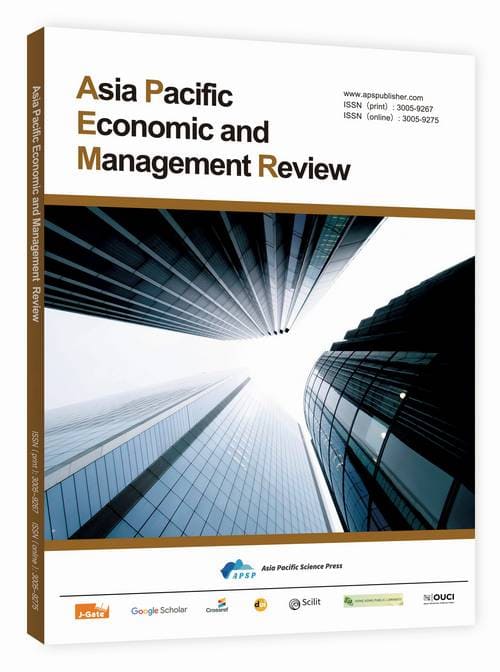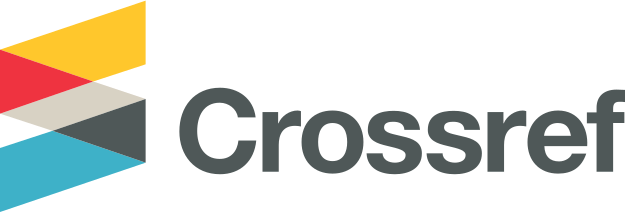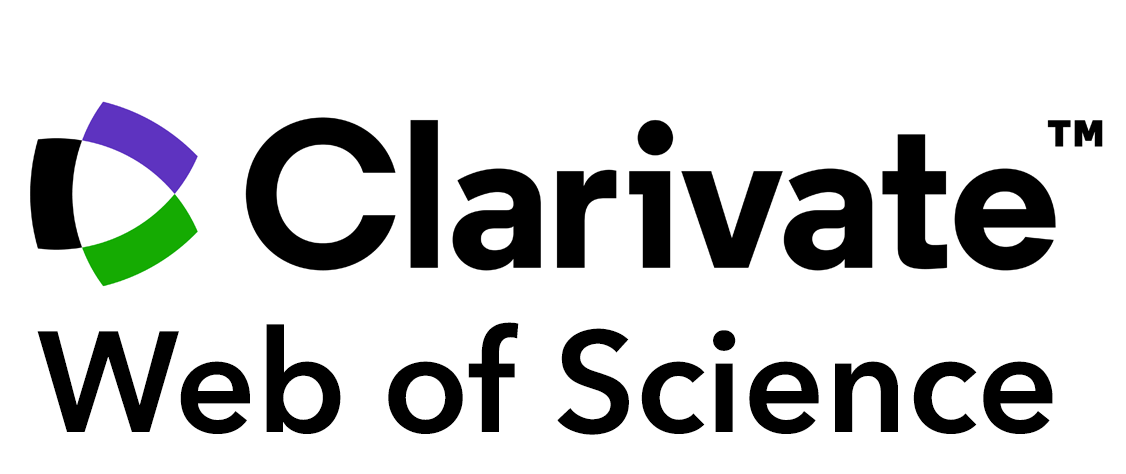Research on Basic Issues of State-Owned Asset Management in Higher Education Institutions
DOI:
https://doi.org/10.62177/apemr.v2i5.629Keywords:
State-Owned Assets, Value Management, Performance EvaluationAbstract
In recent years, the quantity, quality category and form of state-owned asset allocation of colleges and universities have undergone a fundamental transition and transformation from extensive to precise, management to performance, single allocation mode to efficient utilization, and from property ownership to shared utilization, which also fundamentally reflects the overall requirements and reform achievements of comprehensively deepening reform in the field of state-owned asset management since the 18th National Congress of the CPC. Based on the reform of delegating powers, enhancing regulation and strengthening public service, this paper analyzes the inherent bottlenecks and contradictions in the operation, supervision and performance evaluation of state-owned asset management, as well as the shortcomings and deficiencies in the construction of governance system and governance capacity. From the perspective of control specification, the path and measures to standardize the management of state-owned assets are proposed, and the improvement of quality and efficiency, resource allocation, performance management and whole-process supervision are taken as the core values and ultimate goals of improving the governance system and governance capabilities. The ultimate value of state-owned assets management is realized from two dimensions: the reform of delegating powers, enhancing regulation and strengthening public service, and living on a tight budget.
Downloads
References
General Office of the Central Committee of the Communist Party of China, & General Office of the State Council. (2017, January 12). Guiding opinions on innovating the way government allocates resources. People's Daily, p. 001.
Huang, L. (2022). Thoughts on improving the evaluation system of state-owned assets of administrative institutions. China Appraisal, 266*5), 32–36.
Li, B. C., & Tang, Z. D. (2011). Research on the performance evaluation index system of fiscal funds. Business Accounting, 461(17), 5–7.
Liu, Y., Li, J., & Zheng, X. (2021). Implications of the regulations on the administration of state-owned assets of administrative and public institutions for the management of state-owned assets in colleges and universities. Laboratory Research and Exploration, 40(11), 281–285.
Ministry of Education of the People's Republic of China. (2019). Opinions on the full implementation of budget performance management. Bulletin of the Ministry of Education of the People's Republic of China, (12), 11–14.
Ministry of Finance of the People's Republic of China. (2021). Notice on issuing the measures for the disposal of state-owned assets of central administrative institutions and public institutions. Announcement of the Ministry of Finance of the People's Republic of China, (11), 19+1–16.
People's Government of Shaanxi Province. (2016). Opinions on reforming and improving the state-owned assets management system. Yan'an Municipal Government Bulletin, 119(5), 6–8+31.
State Council of the People's Republic of China. (2018). Opinions on the full implementation of budget performance management. Bulletin of the State Council of the People's Republic of China, 1640(29), 5–9.
The Central Committee of the Communist Party of China. (2014). Decision on some major issues concerning comprehensively deepening reform. Beijing Review, 57(7), 1–24.
Zhai, Y. M. (2022). Research on state-owned asset management of administrative institutions from the perspective of internal control. Investment & Cooperation, (11), 160–162.
Zhang, G. D. (2023). Asset management terminal automation based on blockchain operations system. Journal of Digital Technology and Applications, 9(1), 204–206.
Zhu, H. R. (2022). Internal control of state-owned asset management in higher education institutions. Today's Fortune (China Intellectual Property), 377(2), 118–120.
Guidance on revitalizing state-owned assets of administrative and public institutions. (2022). State-owned Assets Management, 381(12), 4–6.
Downloads
How to Cite
Issue
Section
License
Copyright (c) 2025 Jianqiang Wang

This work is licensed under a Creative Commons Attribution-NonCommercial 4.0 International License.

















